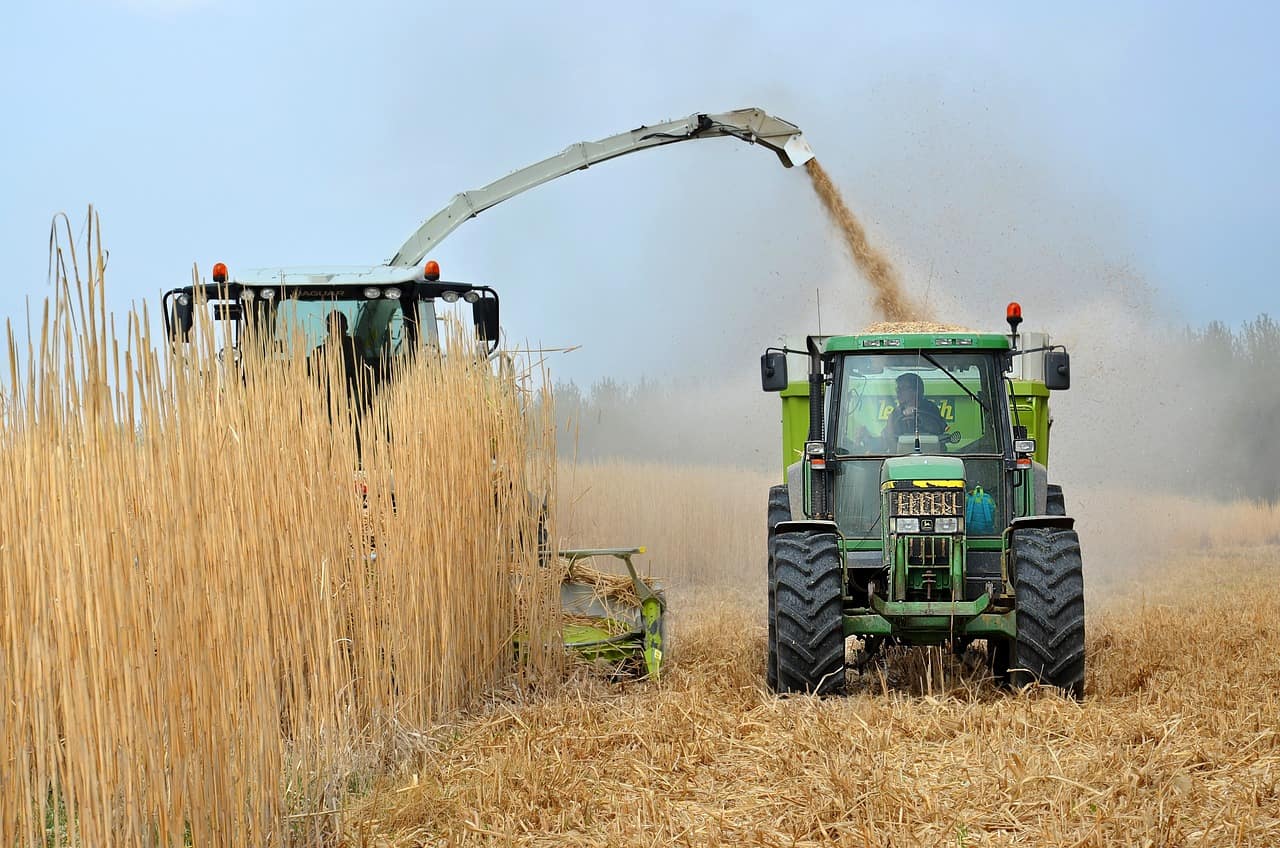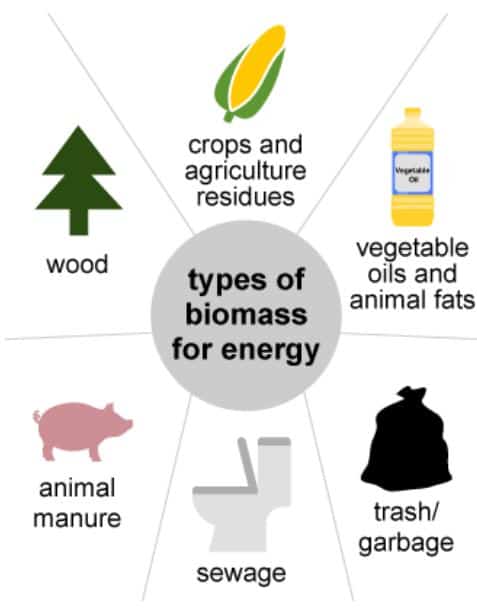Shaping a sustainable world with biomass fuels
As global warming continues to become a looming threat, the world is in need of environmental solutions.
One of such remedies should enable a shift away from unsustainable sources of energy and towards high-power renewable alternatives.
Biomass fuels can be one such solution!.
Here, we’ll explore biomass fuels and their potential to serve as effective energy sources for our planet’s future needs.
What are biomass fuels?
Biomass fuels are a type of renewable energy that is derived from organic matter. Common sources of biomass fuels include materials such as wood, paper, plant matter and animal waste.
In recent years, biomass fuels have gained popularity. This is because that they do not create the same level of pollution that fossil fuel combustion does.
In fact, when burned, the carbon emitted from biomass fuel is exactly equal to the amount taken up by its source during photosynthesis.
This then makes it a more environmentally friendly alternativer energy source for individuals and industries.
Energy from biomass fuels
Biomass is often typically burned to produce heat and create steam energy. These forms of energy can then be used to generate electricity in a turbine for instance.
Some biomass systems use pyrolysis. This involves heating the material under more intense conditions and allowing volatile compounds to escape as biogas.
In addition, biomass can be converted into liquid fuels such as biodiesel and ethanol. This can then be transformed into electricity in the process.
Certain types of biomass such as manure can also be used to create biogas. This can be burned directly for combustion. It can also be put through filters to produce methane for further processing into other forms of renewable energy.
Interesting enough, with proper technological advancements, even human waste can be harnessed as a primary source of biomass energy.
Utilising biomass fuels the right way can is important in order to maximise the benefits while still protecting our environment.
Biomass projects around the world
More than ever before, people are turning to biomass power projects as an alternative source of reliable energy.
Constructed with a variety of renewable materials such as organic waste and forest residues, these projects require minimal maintenance.
This combination is helping farmers, small businesses and city administrations alike transition to cleaner forms of energy consumption.
Asia
For example, in India solar-powered corn shellers now can use biomass plants to generate electricity. This is achieved by burning instead of shelling each individually by hand.
Located in the dense jungles of Thailand, coconuts are an essential part of the Thai diet. With a plentiful supply of coconut shells, local entrepreneurs have struck on a great idea – converting them into biomass fuel.
The process involves collecting the shells and treating them with warmth to remove moisture before grinding them into powder. The powdered shells are then manufactured into pellets, These are then burned in biomass boilers and other cooking appliances such as charcoal stoves.
A single tree can produce anywhere from 25-50kg of shell each year, making this form of sustainable energy abundant. This has led to more efficient heating for Thais across the country who no longer have to rely on expensive LPG gas or potentially hazardous low-quality combustibles.
Europe
With the European Union’s (EU) Renewable Energy Directive, Biomass projects have become increasingly popular throughout Europe.
Biomass projects in Europe can be divided into two categories. There are those that use agricultural residues and others that use dedicated energy crops.
Africa
Biomass projects are also becoming popular in Africa, as the continent seeks to diversify its energy mix. In Kenya, for example, biomass-powered electric generators have been installed at several locations around the country. Thiese have provided reliable electricity to farmers and other rural residents.
Americas
America has an abundance of agricultural and forestry waste. This has spurred investment across the country and create thousands of new jobs in biomass-related fields.
Accessibility and affordability of biomass fuels
To make biomass fuels accessible and affordable for everyone, innovations in technology are essential.
Investments must be made in research to reduce the costs of conversion technologies and improve the efficiency of biomass fuel.
In addition, government subsidies and incentives could encourage more industrial integrations of biomass fuel systems. This gesture can provide tax reductions or other credits for businesses that use them.
Furthermore, educational programs would raise public awareness about the benefits of biomass fuels. This can certianly help consumers understand why they should choose biomass fuels a clean energy sources.
The future of energy from biomass
The future of renewable energy looks promising, particularly for biomass fuels. This is because there is a growing demand for biomass fuel from major industries and the agricultural sector.
With the continuous development of technologies and practices associated with harvesting, processing and distributing these resources, there is no doubt that the world could soon be transitioning away from traditional fossil fuel.
In addition, government policies that incentivise bioenergy investments can enable businesses to take into account external costs during production.
Biomass fuel has the potential to become a vital source of renewable energy in all regions around. This can continue with more investment, research and resource sharing.
Wrapping up
Ultimately, our understanding of biomass energy has advance. Moreover, we can see great potential for it being used towards a more sustainable and reliable energy future.
With its potential to produce significant emissions, continued investment in research and development is key.
Collaborative policy efforts from all stakeholders must also be encouraged.
If properly managed, bioenergy has tremendous potential to be a critical component for a sustainable energy system.
Here’s hoping for a clean energy future powered by renewable biomass!







